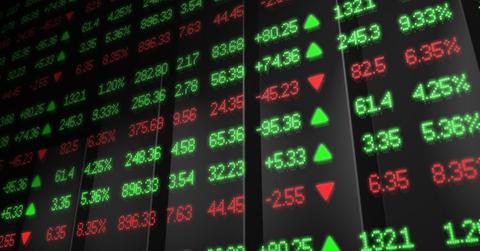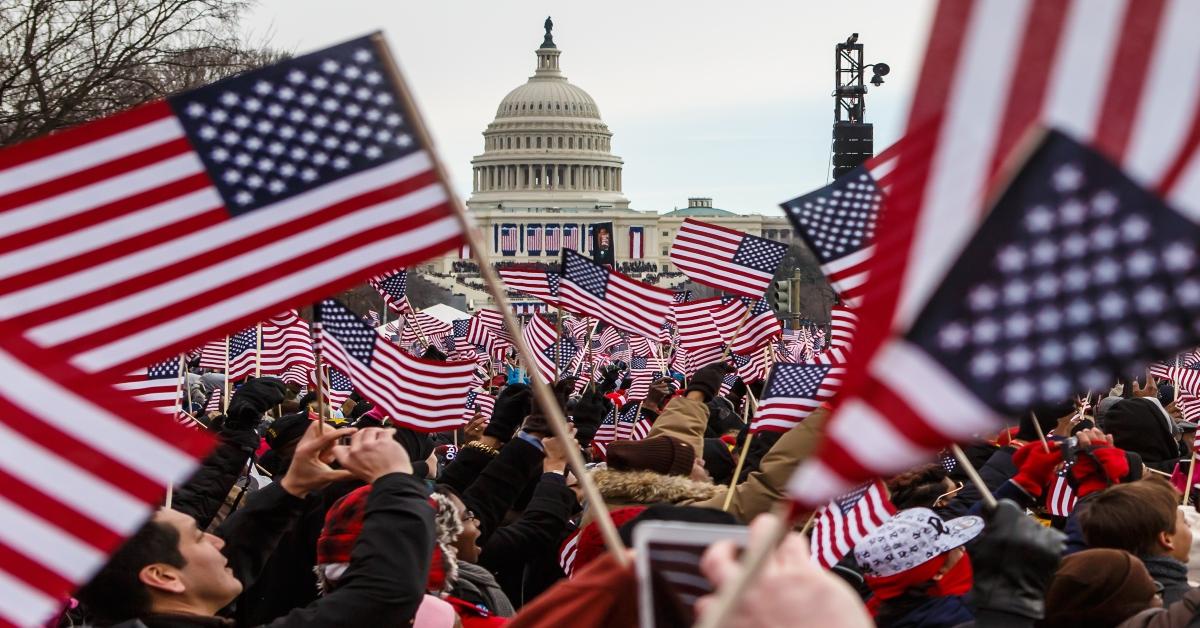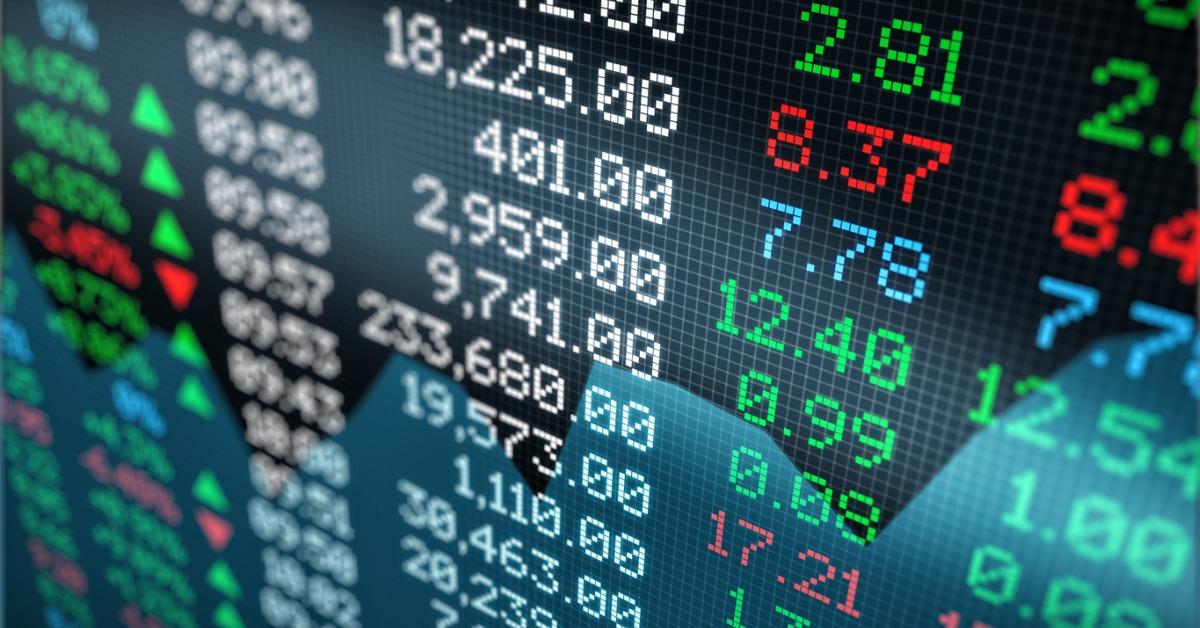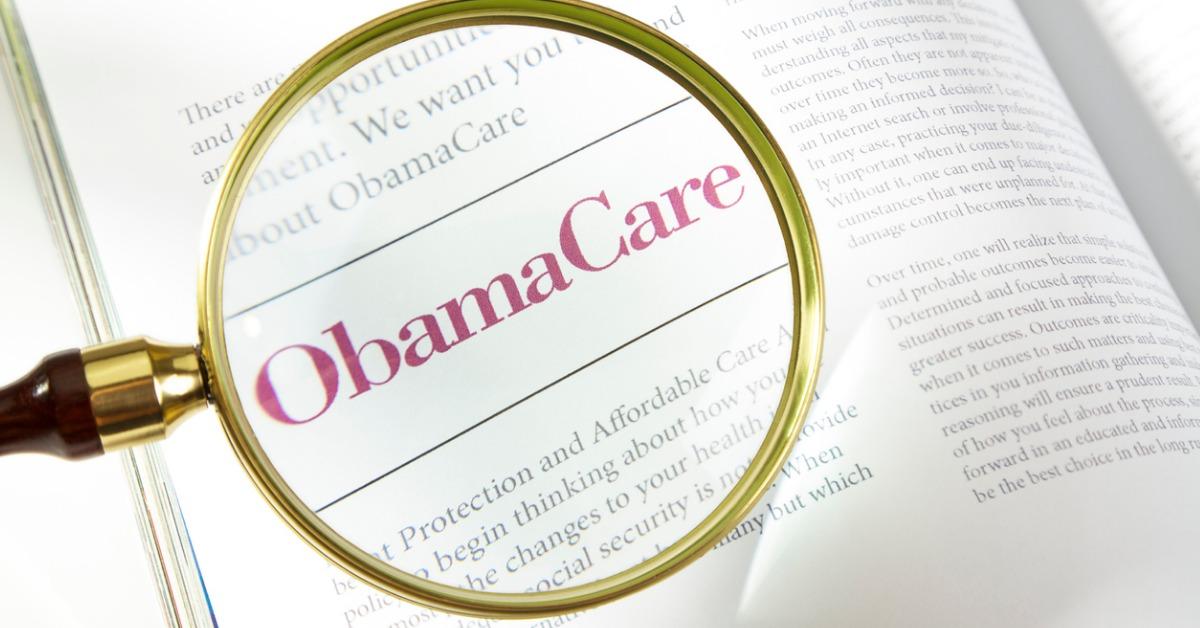What was the Dow Jones When Obama Left Office?
Four years after Obama left office, U.S.voters still wonder if President Trump has made good on his economic promises and how the Dow Jones has been affected.
Sept. 18 2020, Updated 11:28 a.m. ET

The economic prosperity of the United States has been a mainstay topic of conversation ever since President Donald Trump took office in 2016. Four years later, many people are wondering how well President Trump has fulfilled his promise of U.S. economic sovereignty or whether things have remained the same since the Obama administration.

What was the Dow Jones when Obama took office?
President Barack Obama first took office on Jan. 20, 2009. The Dow Jones Industrial Average (DJIA) had been in a bit of a slump since the 2008 economic recession and credit crisis. The DJIA stood at a paltry 7,949.09, which made the lowest inaugural performance since the Dow was created in 1896. The Nasdaq and the S&P also dropped between 5.8 and 5.3 percent, on that day as well.
Bank stocks were hit as well, though those were damaged prior to his inauguration. It is safe to say that Obama took office with a bit of a problem on his hands. The American people were steel reeling from the economic downturn and were not exactly confident that their new president would be able to sort it all out.

What was the Dow Jones average when Obama left office?
Barack Obama faced eight difficult years in office but he accomplished much during his tenure as president. By the time he left office, he had made good on his promise to improve the U.S. economy. The DJIA had risen to 19,732 over the course of his term. That’s roughly a 150 percent increase in eight years.
Uncertainty still loomed, however. Donald Trump’s unexpected victory over Democratic candidate Hillary Clinton was a surprise to many Americans. Trump swore he would do better for the economy, and the American people, than his predecessor.

What was the Dow Jones average when Trump entered office?
The day Trump took office, the Dow closed at just over 19,827. Financial experts and business people speculated wildly about the effect the former business tycoon might have on the economy from this point on. Many believed that an individual so well-versed in making money would be good for the economy, others were less certain.
Donald Trump had dealt with business pitfalls in the past. He was no stranger to failing businesses or economic downturns. But however business savvy he was, Trump could not declare bankruptcy on behalf of the United States, he had to find a way to give it a boost.

What is the Dow Jones after four years of Trump presidency?
President Trump has always espoused that market gains have been a glowing endorsement for the continuance of his administration. And while some of his economic policies have seemed dubious at best, there is no denying that the economy was doing well, that is until COVID-19 hit.
The Coronavirus pandemic spread disease and uncertainty across the globe and the economy fell in sharp bursts until finally hitting a YTD low of 18,917.46, 600 points below where the Dow was when Obama left office. It’s difficult to place the blame upon President Trump here for this unforeseen global downturn, as most economists could scarcely have predicted the sheer magnitude of the pandemic at the start.
There is no denying that the flickering fall of the Dow Jones is definitely going to impact Mr. Trump’s chances in the 2020 election. The U.S. economy may be on the rise again, but as the virus persists into the fall and winter months, it remains to be seen what the DJIA will look like when the new president is sworn into office in January 2021.
